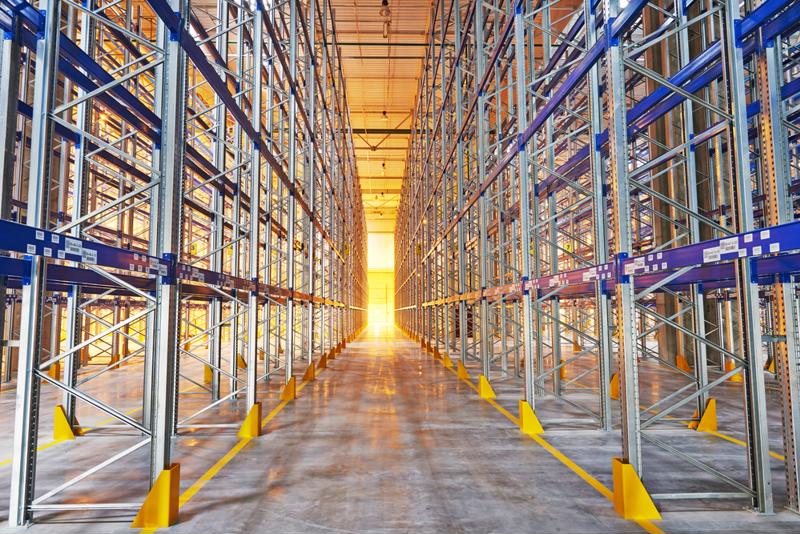While just-in-time operations were a godsend for procurement departments for much of the early 21st century, the pandemic certainly highlighted some of the weaknesses the approach carries, rare though these catastrophic events may be, according to The New York Times. The effects of shutdowns — first in China, then in the U.S. a few months later — were cascading.

Companies first relied on lean inventories because they could count on suppliers to continually produce the products or raw materials they needed. But when production facilities shuttered for months at a time, and came back in limited capacities in many cases, that left companies deeper down in the ecosystem going without, leading to empty warehouses and bare shelves.
"It's sort of like supply chain run amok," Willy Chih, an international trade expert at Harvard Business School, told The Times. "In a race to get to the lowest cost, I have concentrated my risk. We are at the logical conclusion of all that."
Back to normal?
Of course, many of those pressures are loosening up around the world, as manufacturing centers in Asia and the U.S. are getting back to full capacity, but they have a lot of ground to make up amid growing demand from renewed business and consumer activity, according to CNBC. That's leading to still-tight supply chains and, as a consequence, higher prices for all sorts of consumer goods, manufacturing components and more.
To date, domestic manufacturers have reclaimed nearly two-thirds of the jobs they shed during the pandemic, but competition for talent is growing, the report said. And with the lingering manufacturing skills gap — and potentially millions of unfilled (and perhaps, unfillable) jobs — this is not an issue that is likely to be resolved in the near future.
How widespread is it?
There have been a number of items that have garnered significant attention for being at the center of supply chain shortages, such as microchips used in all kinds of consumer electronics and vehicles, or toilet paper at the start of the outbreak, but those are really only the tip of the iceberg, according to Business Insider. In recent months, there have been shortages of both new and used cars, rental cars, gasoline, plastics, lumber, several types of toiletries, furniture, various types of meat, imported foods, domestically made produce and more. These shortages may have different types of origin stories, but the end result is the same: tight supply chains.
For these reasons and more, companies in the logistics industry need to be more cognizant of their potential shortcomings when it comes to inventory and ordering, and be strategic about how to meet these challenges as needed.



Post A Comment:
0 comments so far,add yours